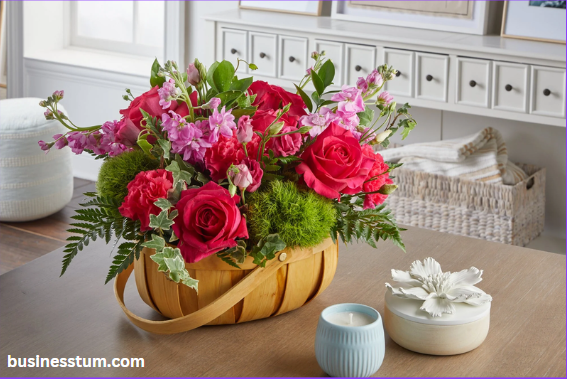Mollflowers are not just another pretty face in the garden. They hold a unique place in both horticulture and cultural lore, captivating gardeners and plant enthusiasts worldwide. Understanding mollflowers can enrich your gardening experience and deepen your appreciation for these remarkable plants.
What Are Mollflowers?
Mollflowers are a diverse group of flowering plants known for their vibrant colors and intricate patterns. Scientifically classified under the genus Mollflora, these plants vary widely in size, shape, and color, making them a favorite among botanists and horticulturists.
Types of Mollflowers
There are numerous varieties of mollflowers, each with its own distinct characteristics. Common varieties include the Mollflora rubra, known for its deep red blooms, and the Mollflora alba, which features pristine white flowers. Rare species like the Mollflora aurantia are prized for their unusual orange hues and are often sought after by collectors.
Natural Habitat
Mollflowers naturally thrive in temperate regions, particularly in areas with well-drained soil and moderate rainfall. They are commonly found in forested areas, meadows, and along riverbanks where they benefit from the moist, nutrient-rich environment.
Growth and Development
The life cycle of mollflowers begins with seed germination, followed by the development of roots, stems, and leaves. The flowering phase is the most spectacular, with blooms that can last for several weeks. Factors such as soil quality, water availability, and sunlight significantly influence their growth.
Planting Mollflowers
To plant mollflowers successfully, choose a location with well-drained soil and ample sunlight. Planting should ideally be done in the spring, giving the plants plenty of time to establish roots before the growing season. Ensure the soil is rich in organic matter to provide necessary nutrients.
Care and Maintenance
Mollflowers require regular watering, especially during dry spells. However, overwatering can lead to root rot, so it’s crucial to find a balance. Fertilize the plants during the growing season to promote healthy growth and vibrant blooms. Pruning spent flowers and dead leaves helps maintain the plant’s appearance and encourages new growth.
Common Pests and Diseases
Mollflowers can fall prey to various pests such as aphids, spider mites, and caterpillars. Regular inspection of the plants can help detect infestations early. Natural predators like ladybugs can control aphid populations, while insecticidal soaps are effective against spider mites. Diseases such as powdery mildew and root rot are common and can be prevented with proper care and maintenance.
Benefits of Mollflowers
Beyond their aesthetic appeal, mollflowers contribute to the environment by attracting pollinators such as bees and butterflies. They can be used in landscaping to create visually appealing gardens and provide ground cover that prevents soil erosion.
Uses in Traditional Medicine
Historically, mollflowers have been used in traditional medicine for their supposed healing properties. Extracts from various parts of the plant were used to treat ailments ranging from digestive issues to skin conditions. While modern science has yet to confirm many of these uses, the historical significance remains.
Mollflowers in Culture and Folklore
Mollflowers hold a special place in many cultures, symbolizing everything from love and beauty to resilience and strength. Folktales and myths often feature these flowers, attributing them with magical properties and using them as metaphors for various human experiences.
Conservation and Protection
Many mollflower species are threatened by habitat loss and climate change. Conservation efforts focus on protecting natural habitats, cultivating endangered species in botanical gardens, and raising awareness about the importance of biodiversity.
Propagation Techniques
Propagating mollflowers can be done through seeds, cuttings, or division. Seeds should be sown in a controlled environment to ensure germination, while cuttings and divisions can be used to produce new plants from existing ones. Each method requires specific techniques and care to be successful.
Mollflowers in Landscaping
Mollflowers are a versatile addition to any landscape. They can be used to create stunning floral displays, border plantings, or even as ground cover. When combined with other plants, they add texture and color to garden designs, making them a favorite among landscape designers.
Conclusion
Mollflowers are more than just beautiful additions to a garden; they are a testament to nature’s diversity and resilience. By understanding their needs and characteristics, gardeners can cultivate these plants successfully and enjoy their beauty for years to come.
